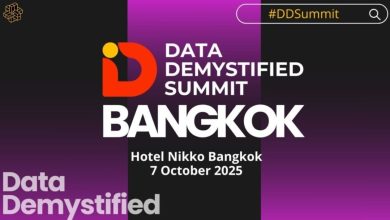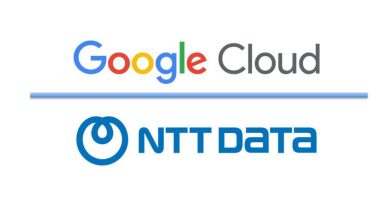
Businesses today have far smaller safety nets to fall back on in the face of challenges such as volatile markets, unstable economies, fluctuating political climates, picky customers and even worldwide pandemics. Answering the question, “What is data analysis and data maturity?” with an eye on improving the company’s chances of survival and growth is one viable strategy. So, how does an individual or an organisation arrive at a decision?
Data Maturity
 A company’s data maturity may be gauged by the extent to which it employs advanced analytics to get value from its data. In my most recent conversation, Hillary Ashton, Chief Product Officer of Teradata, provided invaluable insight into how to approach and advance along the data maturity scale.
A company’s data maturity may be gauged by the extent to which it employs advanced analytics to get value from its data. In my most recent conversation, Hillary Ashton, Chief Product Officer of Teradata, provided invaluable insight into how to approach and advance along the data maturity scale.
“The only reason to have data is to drive better outcomes,” Hillary remarked. Improving results over time is one of the goals of achieving data maturity. Data analytics, in this sense, involves several phases that ultimately result in data maturity.
These are some of the phases Hillary discussed:
- Making data usable and useful. Having data that is free from duplication, clean, and dependable is essential.
- Utilising the data to get multiple insights.
- Analysing past data in conjunction with current trends in order to make projections about the future.
Industry sectors that rely on streaming data will benefit the most from the usage of data analytics, which will use this mature data to foresee and avert undesirable events. For Hillary, the automotive sector is a prime example of a use-case. To construct a vehicle’s chassis, they employ spot welding. Spot welding is used to combine two metal frames, and thanks to real-time data, it is possible to tell in advance if the welding was successful or not. That way, if something goes wrong during manufacturing, the staff can quickly put a halt to it and correct it. That’s why it doesn’t hinder productivity much but improves quality immensely.
The Data Dilemma
The efficient storage of these enormous bodies of information is one of the major challenges presented by gigantic data sets. The amount of information that businesses are able to accumulate and keep in their data centres and databases is growing at a fast rate. The exponential growth of these data sets over time makes them increasingly difficult to manage.
Hillary said, “When you have a lot of fresh data accessible, you also have a lot of ability to move data around,” when questioned about the data problem. Of course, she said, “with that freedom comes a duty.” Hillary emphasised the need for data governance as a critical part of data management.
Data governance is the process of ensuring that data in corporate systems is accessible, usable, secure, and protected in accordance with predetermined standards and regulations that also regulate how that data is used. Good data governance guarantees that information is accurate and secure and is not abused.
Teradata for example has extensive experience with data governance and data sovereignty, and it is widely believed to be capable of handling the ever-increasing volume of data safely, therefore preventing problems like data leakage and privacy breaches.
Cloud Data Analytics
Algorithms used in the cloud for data analytics are used to analyse massive amounts of data in order to discover trends, forecast events, and provide other insights that may be used by business decision-makers.
During the course of our conversation, I asked Hillary how data analytics might fully use the potential of cloud computing. Hillary claimed that cloud data analytics has provided the necessary flexibility and, of course, scalability for the world’s largest corporations. Hillary then said that Teradata is the largest cloud-based system accessible in a single instance.

A single system is significant since you will only want a single copy of the data and it can be accessed by all use-cases. Eliminating the need to duplicate data or transfer it, will also lower the overall cost of using the cloud. Opportunities like these illustrate the broader trend toward “democratising data and analytics,” or making them accessible to a wider audience.
Sustainable Data Analytics Engine
The conversation was coming to a conclusion, so I wanted to make the most of it. Hillary reaffirmed that Teradata’s new flagship product, VantageCloud, would be a dependable cloud-based data analytics engine that would be able to effectively control and allocate cloud-based resources.
Teradata’s commitment to delivering a sustainable cloud platform is one of the things that sets it apart from its competitors as the globe shifts toward a more sustainable future.




